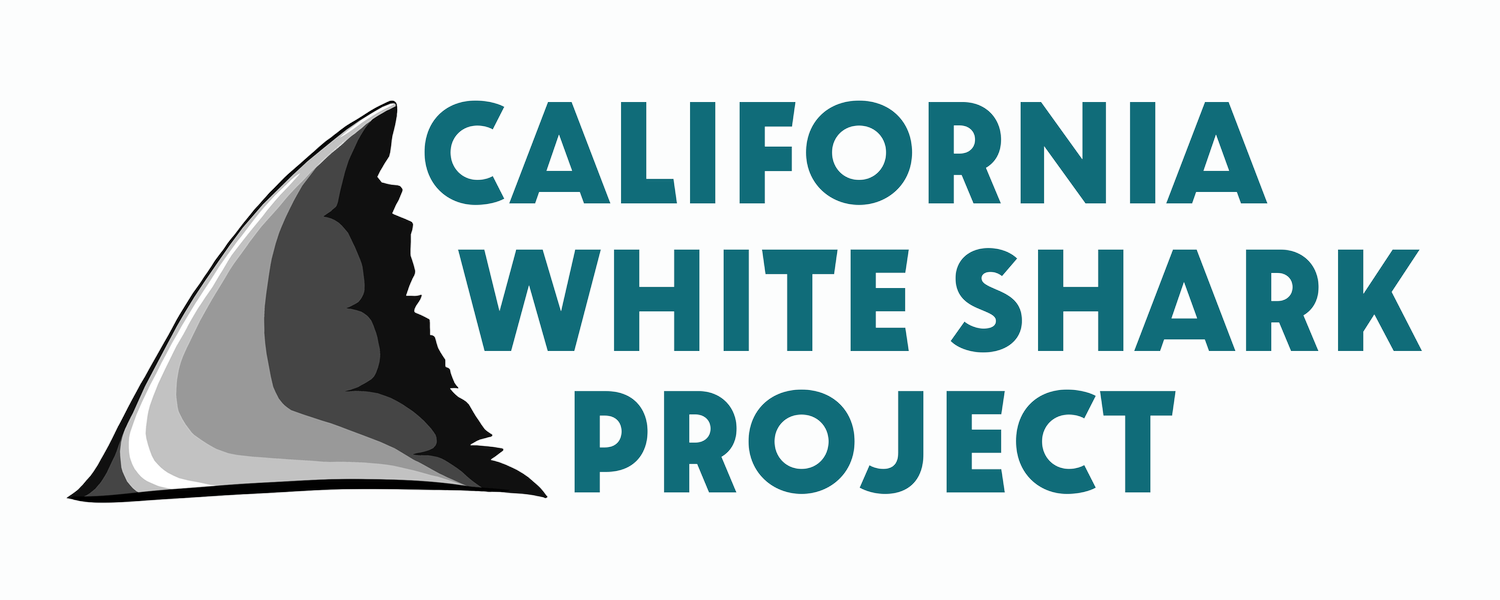May 22, 2021
Hi Shark People!
I wanted to share a manuscript that we are extremely excited about that was just published in the scientific journal, 'Biological Conservation'.
https://www.sciencedirect.com/science/article/pii/S0006320721001567
In this study, we estimated annual abundance of sub-adult and adult white sharks in our study area (from Bodega Bay down to Santa Cruz and out to the Farallon Islands) from 2011 to 2018. The results reflect a small (<315) population of white sharks in this area. In addition, we investigated population trends for each demographic (sub-adult and adult males and females) and found evidence of a modest uptick in numbers of adult males and females over the study period. We are cautiously optimistic of a small but healthy population off central California.
A potentially healthy population of white sharks is likely attributed to a number of factors coming together. 1) White sharks were afforded protection (no targeted fishing) in 1994, 2) Marine Mammal Protection Act of 1972 has allowed elephant seals and sea lions, the preferred prey of the white shark while coastal, to flourish and recover to large numbers, and 3) gill net mitigation since 1990 where fishermen can't use gill nets out to 3 miles. This mitigation resulted in less bycatch and mortality of the smaller juvenile baby white sharks.
A healthy population of apex predators is a good indicator of the health of the marine ecosystem. It means there is a working balance of animals across multiple trophic levels -- a good news story for the productive California current!
From this study, you might see a news article or two coming out in the next few days, including:
https://www.mercurynews.com/2021/05/21/great-white-shark-numbers-increasing-off-northern-california-coast/
As a team, we want to keep the momentum going and your contributions make our continued research possible. We are in the midst of planning the 2021 season. Our goals this year is to get at least 15 days at the Farallon Islands and 35 days out at Tomales Point. We ask for your continued support in this this important research of an iconic species and we will continue to keep you updated on our findings!
Paul
